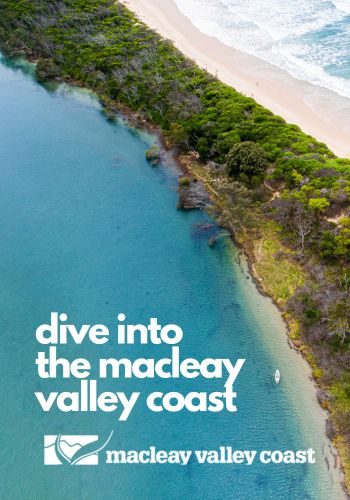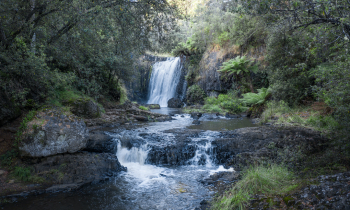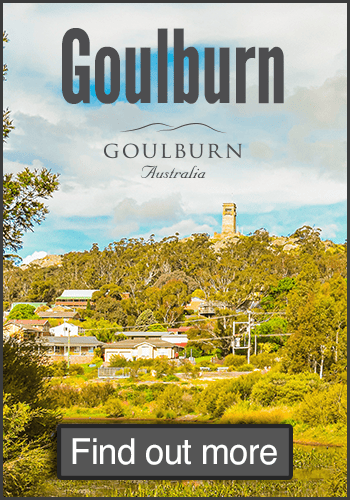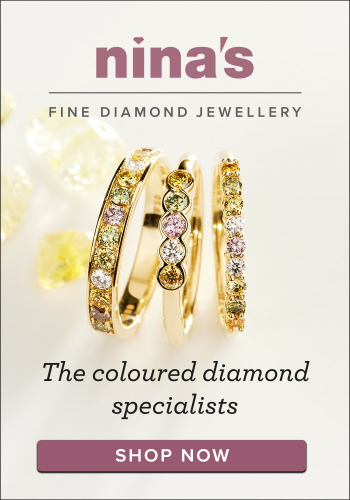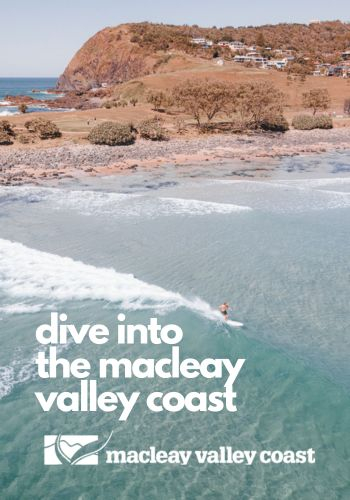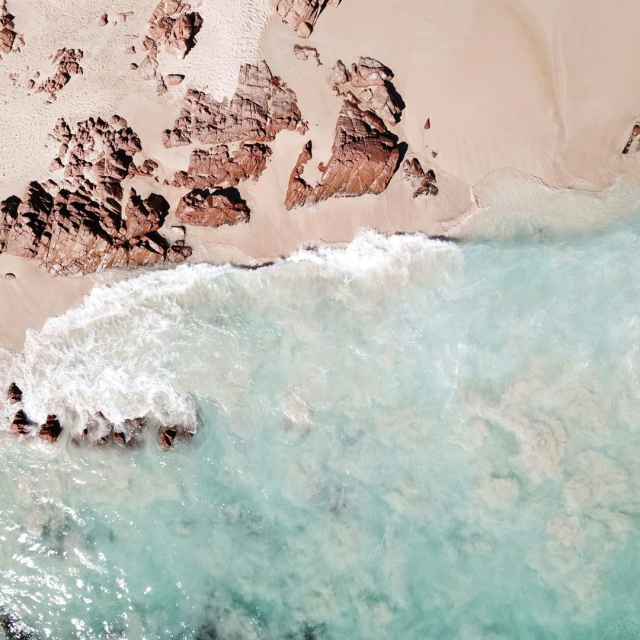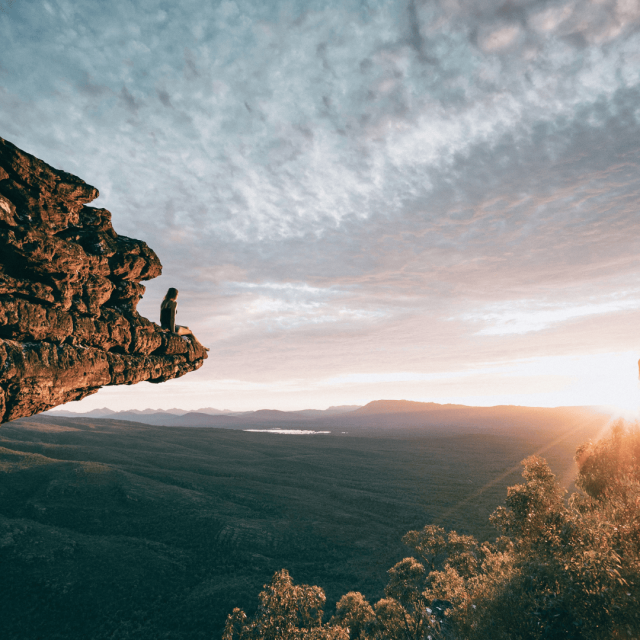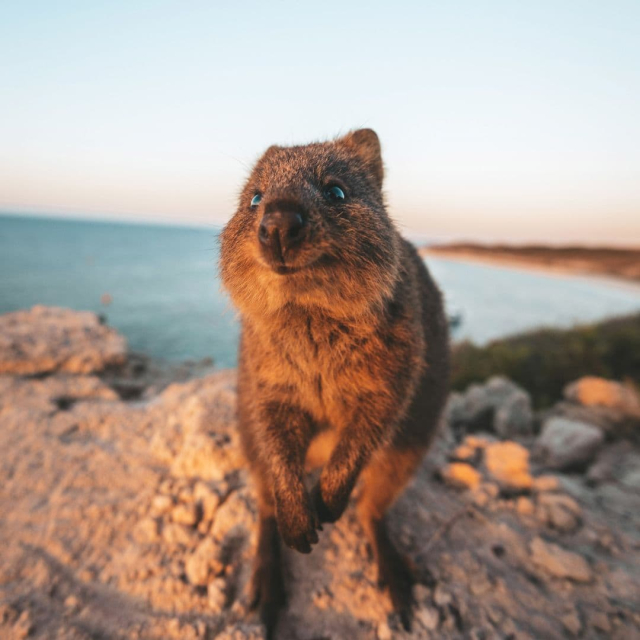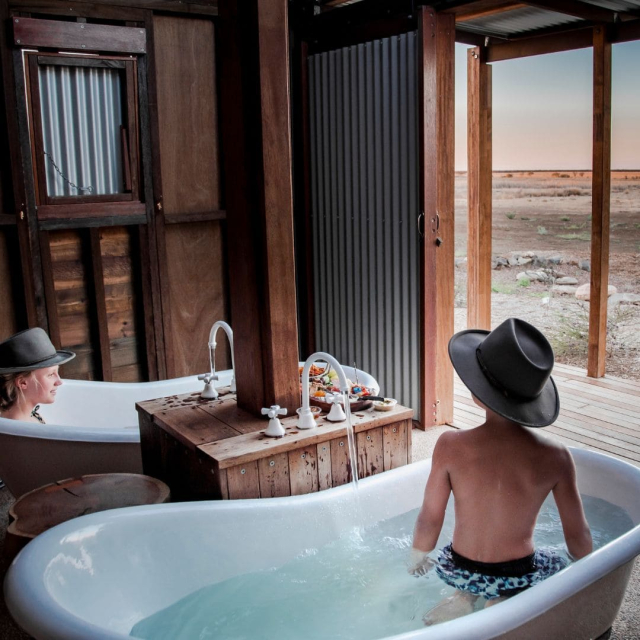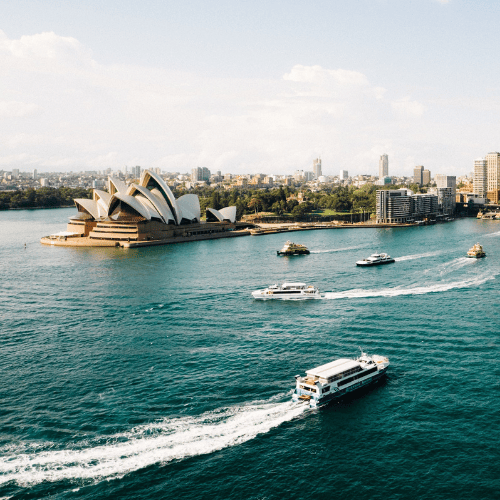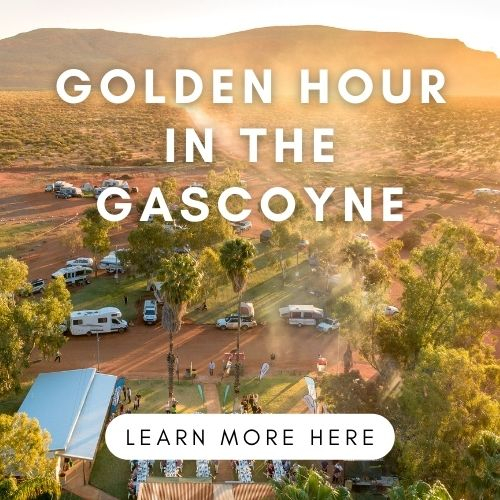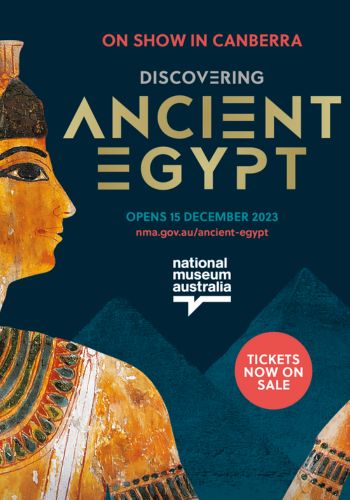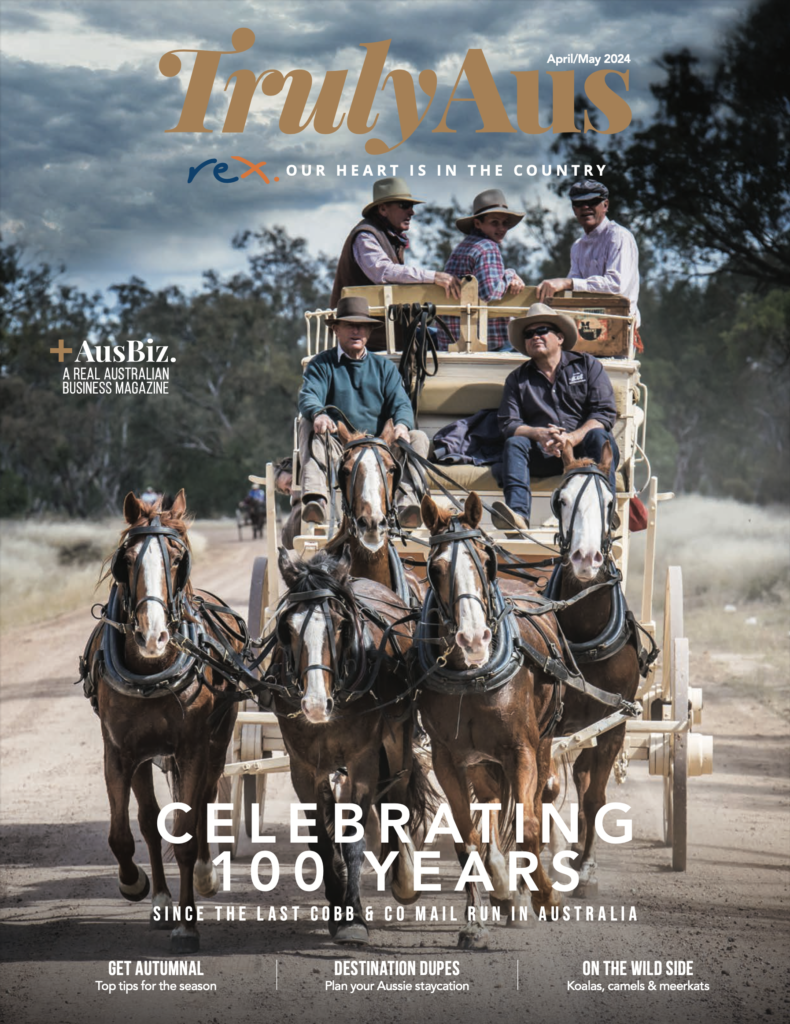Discover the real Australia with TrulyAus for Rex
Wide open spaces, friendly faces and unique places. Come with us on a journey around our great southern land, where you will never cease to be inspired. We’ll also regularly share the stories of Australians doing great things.
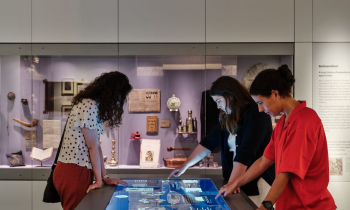
Stories of survival and resilience at Melbourne Holocaust Museum
'Everybody Had a Name' offers a uniquely Melbourne perspective on the six million lives lost during the Holocaust.
READ MORE
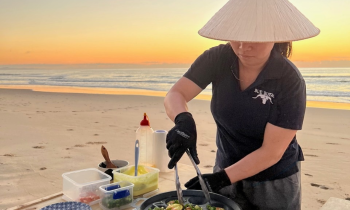
Taste Vietnamese street food at the Blue Buffalo Cafe, Laurieton
In the charming coastal town of Laurieton, the Blue Buffalo Cafe is causing quite a stir among locals and travellers alike.
READ MORE
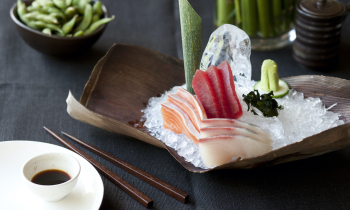
Discover the top 10 Japanese restaurants in Sydney
These Japanese restaurants in Sydney combine traditional and contemporary flavours in their approach to everything from sushi to sake.
READ MORE
Our Go-To Travel Guides
TrulyAus Magazine | Read the current issue
Rex.TrulyAus.com partners with TrulyAus magazine for Rex airlines, and is brimming with awesome content on regional, rural and outback Australia. If you’re after some extra travel inspiration, make a cuppa, sit back and have a good read of this beauty!


